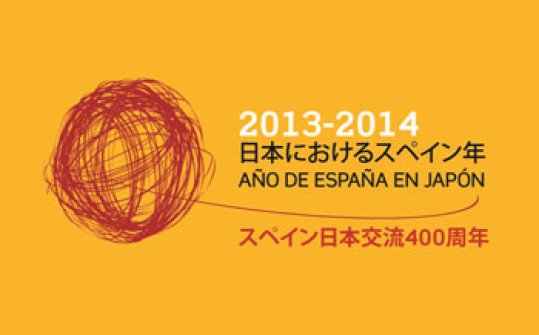A highly select exhibition has been designed on one of the most prominent movements in the MNCARS collections, Informalismo (the Spanish version of Art Informel), through its most significant representatives – Saura, Tàpies, Guerrero and Esteban Vicente – contrasting the work produced inside and outside our country.
This generation of artists radically questioned the aesthetic principles of western culture and its system of representation, espousing the new formalist trend that was rapidly spreading across Europe. With their work they demanded a new field of experimentation for painting that rejected iconic language and gave priority to gesture, material, tactile qualities and the trace of the human body.
The painting of Guerrero and Vicente, produced in North America, is associated with an abstract language of freedom and an emphasis on colour, expressiveness and light. In contrast, the work of Saura in Madrid and of Tàpies in Barcelona is introspective and reflects on the ethical roots of individual freedom, with a palette limited to whites, blacks and earth tones. Between them they are the light and the shadow that represent the two sides of Spanish Informalismo.




